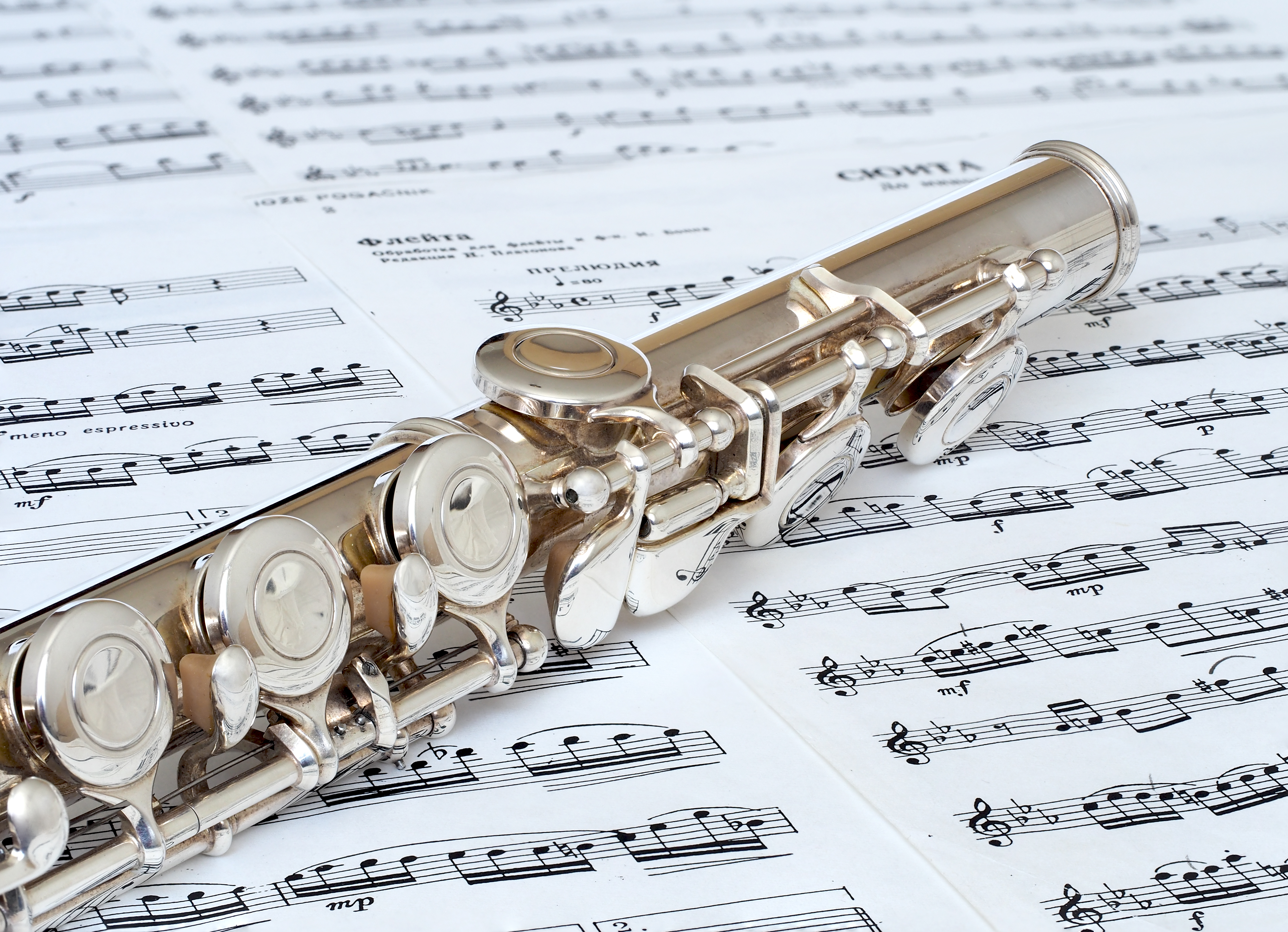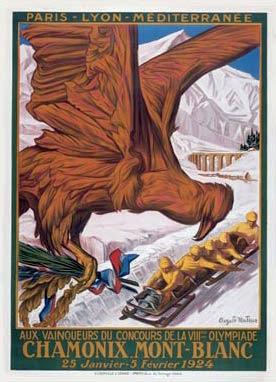|
Albert Cooper (flute Maker)
Albert Cooper (April 12, 1924 – January 25, 2011) was a British flute The flute is a member of a family of musical instruments in the woodwind group. Like all woodwinds, flutes are aerophones, producing sound with a vibrating column of air. Flutes produce sound when the player's air flows across an opening. In th ... maker who apprenticed at Rudall Carte until World War II. After discharge, he returned to Rudall Carte but left in 1959 and set himself up as flute maker. Flutes manufactured *C flutes - 80 *Alto flutes - 8 *Piccolos - 2 *Bass flute in C - 3 Cooper's primary contribution to flute making is the Cooper Scale, where the position and size (opening) of the flute's tone holes have been accurately determined. This has been now universally adopted and is promoted by all the major flute makers, in particular the flute maker Brannen Brothers. This new scale replaces the old Boehm system scale and measurements still being used in flute manufacture into the 1990s. ... [...More Info...] [...Related Items...] OR: [Wikipedia] [Google] [Baidu] |
Flute
The flute is a member of a family of musical instruments in the woodwind group. Like all woodwinds, flutes are aerophones, producing sound with a vibrating column of air. Flutes produce sound when the player's air flows across an opening. In the Hornbostel–Sachs classification system, flutes are edge-blown aerophones. A musician who plays the flute is called a flautist or flutist. Paleolithic flutes with hand-bored holes are the earliest known identifiable musical instruments. A number of flutes dating to about 53,000 to 45,000 years ago have been found in the Swabian Jura region of present-day Germany, indicating a developed musical tradition from the earliest period of modern human presence in Europe.. Citation on p. 248. * While the oldest flutes currently known were found in Europe, Asia also has a long history with the instrument. A playable bone flute discovered in China is dated to about 9,000 years ago. The Americas also had an ancient flute culture, with instrumen ... [...More Info...] [...Related Items...] OR: [Wikipedia] [Google] [Baidu] |
Rudall Carte
Rudall, Carte & Co. (commonly known as Rudall Carte) was a British flute maker based in London, England. History Rudall Carte traces its roots back to 1820, George Rudall (1781–1871), a flute teacher in London for supplying instruments made for John Willis. In 1821, Rudall joined Edinburgh flute maker John Mitchell Rose and formed Rudall & Rose in 1822, setting up a workshop in London. In 1850, Richard Carte was a student of Rudall and joined the company and formed Rudall, Rose, Carte & Co. in 1852. Carte persuaded Rudall to make Theobald Boehm's early conical flutes. Rudall Carte acquired the British rights to make Boehm's patent. In 1862, the company began making brass instruments with Samson's patent for finger-slide valves. In 1872, the company renamed Rudall, Carte & Co. In 1883, Henry Carte had taken over his father's business, then later sold as a limited company by 1911. Rudall Carte patented flute designs based on both the simple system and Boehm systems, including ... [...More Info...] [...Related Items...] OR: [Wikipedia] [Google] [Baidu] |
Brannen Brothers
Brannen Brothers Flutemakers, Inc is a manufacturer of custom flutes, located in Woburn, Massachusetts, United States. Founded in 1978, Brannen Brothers makes each flute by hand. In 2007, the company was sold by its founders to a trio of managers. Brannen Brothers creates and sells the Brögger Flute, the 15/85 Brögger Flute and the Kingma System Flute. They are all sold under the Brannen-Cooper name. The Brögger Flute is the "classic" Brannen Brothers flute. The 15/85 Brögger flute is also available. It gets its name from its composition of 15% gold and 85% silver. The Brögger flute comes with the largest number of options of any Brannen Brothers flute. Options include body tubing material, key styles, pitch, and footjoint type. The Kingma System flute is the result of collaboration between Bickford Brannen and Eva Kingma. It can be played as a traditional French-style flute, but has six additional keys which allow flutists to play quarter-tone scales and multiphonics. The ... [...More Info...] [...Related Items...] OR: [Wikipedia] [Google] [Baidu] |
Boehm System
The Boehm system is a system of keywork for the flute, created by inventor and flautist Theobald Boehm between 1831 and 1847. History Immediately prior to the development of the Boehm system, flutes were most commonly made of wood, with an inverse conical bore, eight keys, and tone holes (the openings where the fingers are placed to produce specific notes) that were small in size, and thus easily covered by the fingertips. Boehm's work was inspired by an 1831 concert in London, given by soloist Charles Nicholson, who, with his father in the 1820s, had introduced a flute constructed with larger tone holes than were used in previous designs. This large-holed instrument could produce greater volume of sound than other flutes, and Boehm set out to produce his own large-holed design. In addition to large holes, Boehm provided his flute with "full venting", meaning that all keys were normally open (previously, several keys were normally closed, and opened only when the key was opera ... [...More Info...] [...Related Items...] OR: [Wikipedia] [Google] [Baidu] |
Flute Makers
The flute is a member of a family of musical instruments in the woodwind group. Like all woodwinds, flutes are aerophones, producing sound with a vibrating column of air. Flutes produce sound when the player's air flows across an opening. In the Hornbostel–Sachs classification system, flutes are edge-blown aerophones. A musician who plays the flute is called a flautist or flutist. Paleolithic flutes with hand-bored holes are the earliest known identifiable musical instruments. A number of flutes dating to about 53,000 to 45,000 years ago have been found in the Swabian Jura region of present-day Germany, indicating a developed musical tradition from the earliest period of modern human presence in Europe.. Citation on p. 248. * While the oldest flutes currently known were found in Europe, Asia also has a long history with the instrument. A playable bone flute discovered in China is dated to about 9,000 years ago. The Americas also had an ancient flute culture, with instrume ... [...More Info...] [...Related Items...] OR: [Wikipedia] [Google] [Baidu] |
1924 Births
Events January * January 12 – Gopinath Saha shoots Ernest Day, whom he has mistaken for Sir Charles Tegart, the police commissioner of Calcutta, and is arrested soon after. * January 20–January 30, 30 – Kuomintang in China holds its 1st National Congress of the Kuomintang, first National Congress, initiating a policy of alliance with the Soviet Union and the Chinese Communist Party. * January 21 – Alexander Cambridge, 1st Earl of Athlone, The Earl of Athlone is appointed Governor-General of the Union of South Africa, and High Commissioner for Southern Africa.Archontology.org: A Guide for Study of Historical Offices: South Africa: Governors-General: 1910-1961 (Accessed on 14 April 2017) * January 22 – R ... [...More Info...] [...Related Items...] OR: [Wikipedia] [Google] [Baidu] |
2011 Deaths
This is a list of lists of deaths of notable people, organized by year. New deaths articles are added to their respective month (e.g., Deaths in ) and then linked below. 2025 2024 2023 2022 2021 2020 2019 2018 2017 2016 2015 2014 2013 2012 2011 2010 2009 2008 2007 2006 2005 2004 2003 2002 2001 2000 1999 1998 1997 1996 1995 1994 1993 1992 1991 1990 1989 1988 1987 1986 Earlier years ''Deaths in years earlier than this can usually be found in the main articles of the years.'' See also * Lists of deaths by day * Deaths by year (category) {{DEFAULTSORT:deaths by year ... [...More Info...] [...Related Items...] OR: [Wikipedia] [Google] [Baidu] |


